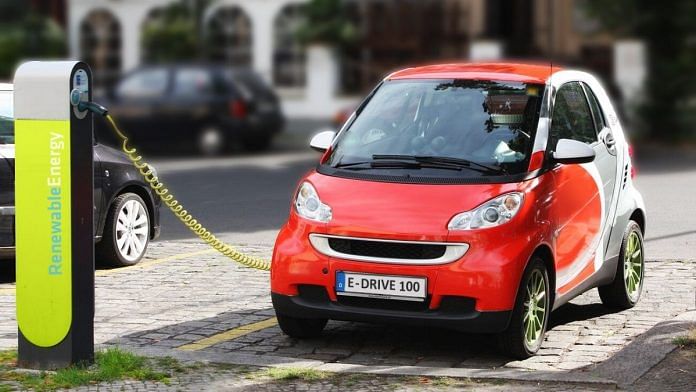E-mobility remains one of the best solutions for combatting the twin challenges of the economic and climate crises. In Europe alone, e-mobility will create more than 1 million new jobs in vehicle manufacturing, charging infrastructure deployment and supply chains by 2030.
Transport accounts for 23% of global energy-related greenhouse gas (GHG) emissions today and for 34% of the 2050 urban GHG abatement potential. Transport is also a major contributor to air pollution, accounting for around half of current global NOX emissions. Currently available electrification technologies have the potential to eliminate these emissions by 2050. But action is needed.
With steadily growing transport emissions, ambitious policies and economic stimuli are required to reverse this trend and ensure a fast transition to electric vehicles and a roll-out of charging infrastructure to support this process.
The advantages of the technology are clear: air and noise pollution are reduced, while emissions are eliminated. Electrification is the most flexible, energy efficient and sustainable way to decarbonize the economy.
Also read: How commercial vehicles are leading India’s electric vehicle revolution
To help curb climate change by reducing emissions, comprehensive and rapid action is needed at both global and regional levels – but cities are a good starting point. The effects of pollution caused by transport are especially high in urban areas, where large numbers of people and vehicles move within a small geographical space and where ports are often situated. More than 80% of people living in urban areas are exposed to air quality levels that exceed World Health Organization limits, a phenomenon caused by using fossil fuel energy both to heat and cool buildings, and to power vehicles. To give an example, London is on the list of top-10 global cities where the chances of dying from transport pollution are high.
Cities occupy just 3% of the Earth’s land, but account for two-thirds of the world’s energy demand and 70% of our global GHG emissions. But cities’ high density of facilities and infrastructure also offers a unique opportunity to drive cost-effective technology innovations, and to exploit synergies between sectors to create a highly efficient energy system.
Vesa Laisi, President, Danfoss Drives
This article first appeared in the World Economic Forum
Also read: The real reason we’re not driving electric cars



